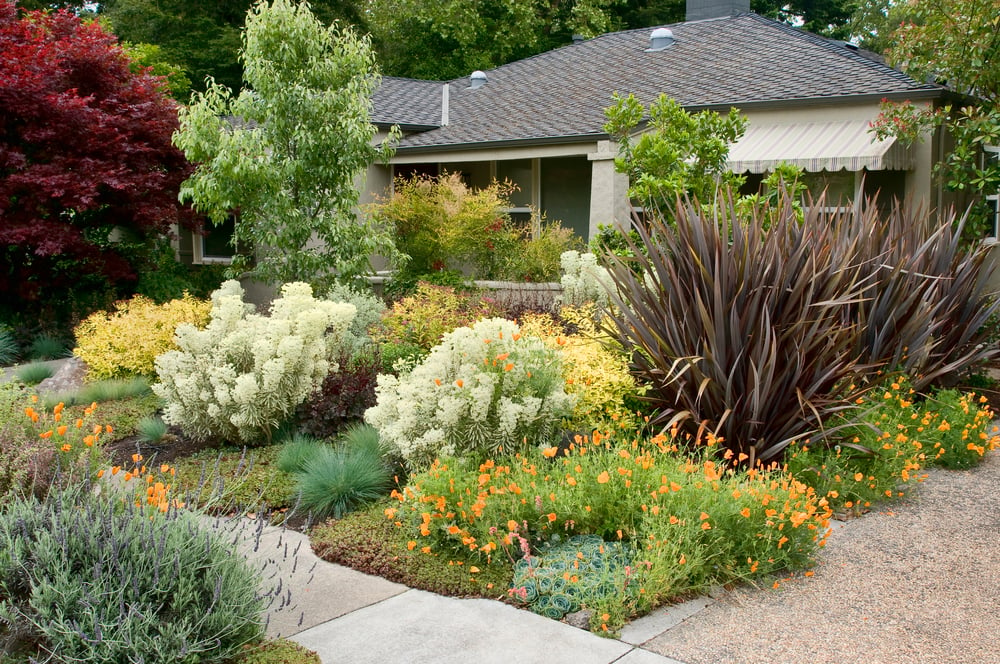Whether you’re dressing up the outdoor space of a business or a residential home, having areas of visual interest is the first step in effective landscaping. However, it takes much more than a flair for design to update your personal garden space. It requires paying special attention to both the function and durability of any features that will be exposed to the elements. If you’re interested in enhancing your garden space, here are five ideas to help inspire your project.
1. Add a Stone Pathway
A stone pathway adds rustic charm to any outdoor space. If the rustic look isn’t up to your taste, a stone path can also be customized to look sleek and modern. Pebble or brick-and-mortar paths are classic and timeless but tend to be pricy, especially if professionals are required for installation. Do-it-yourselfers can achieve a similar effect using the sand-set method and some stone pavers from any hardware store.
2. Create Borders with Flowers
Flowers are a great way to add color, texture, and biodiversity to your garden. One way to incorporate them into your landscaping plan is to use them to mark different sections of your outdoor space. For example, flowering shrubs like lilacs, roses, and azaleas make excellent hedges for bordering driveways and lawns. To give garden plots an extra burst of visual interest, plant contrasting flowers like geraniums or poppies along the edges. Flowers that grow on stalks, like lavender and tulips, can be very attractive while flanking a flat path or set of steps. As an added benefit, flowers are useful for attracting pollinators to your garden.
3. Install a Gabion Wall
A gabion wall is a type of wire cage filled with loose rocks or gravel. They have risen in popularity in recent years because the materials required to build them are inexpensive, easy to find, and more ethical to source compared to other natural materials like wood. In a garden setting, gabion walls can be used as a retaining wall, privacy wall, or simply a means of providing additional texture.
4. Add Some Outdoor Seating
Outdoor seating elements are a thoughtful way of enticing visitors to spend more time enjoying the garden. Garden benches are simple, functional, and available with additional features like built-in storage or planters. A picnic table provides one area for seating and dining. A set of classic Adirondack chairs adds a leisurely element. Whatever seating option you choose, try to consider which areas of your garden provide the best views and plan your seating area accordingly.
5. Don’t Forget the Patio
The patio is an undervalued element of a residential garden space. Patios are automatically shaded by design, making them the perfect homes for delicate plants or pieces of furniture that would otherwise fry in the sun. Support beams can be utilized as trellises for climbing plants, like ivy or wisteria. The patio roof can also be utilized to display hanging plants to draw the eye upwards.




